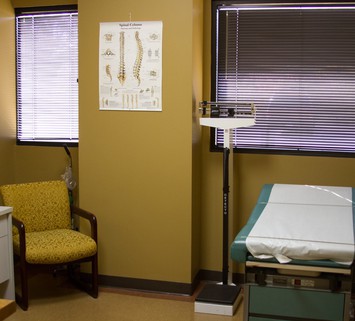XLIF Indications and Contraindications
XLIF Indications and Contraindications
Your physician might determine that an XLIF procedure is a good option for you if you require an intervertebral fusion at any lumbar level between L1 and L5, if you do not require direct never decompression through the same approach, and you would benefit from a less disruptive approach.
Example pathologies include:
- Degenerative disc disease with instability
- Recurrent disc herniation
- Post-laminectomy syndrome (instability subsequent to a previous non-fusion surgery)
- Adjacent level syndrome (problems at a level adjacent to a previous fusion surgery)
- Degenerative spondylolisthesis (slip of one vertebra forward over another)
- Degenerative scoliosis (right/left curvature of the spine)
- Posterior pseudarthrosis (previous fusion surgery that did not fuse)
Contraindications
Conversely, your physician might determine that an XLIF procedure is not a good option for you if you are not a good candidate for fusion surgery in general due to other medical conditions.
The XLIF procedure is specifically not recommended for patients with the following conditions:
- Symptomatic level at L5-S1
- Lumbar deformities with more than 30° of rotation
- Degenerative spondylolisthesis greater than Grade 2
- Retroperitoneal scarring on both left and right sides (e.g. due to abscess or prior surgery)
- Need for direct nerve decompression through the same approach.



